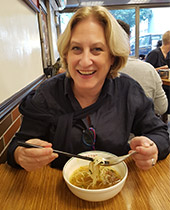“Q” is to Taiwanese as al dente is to Italian or umami to Japanese. It’s a quality that is positively revered in the cooking and eating of Taiwan and applies to hot, cold, sweet, savoury, food, and drink. “Q” is the local Taiwanese term for the springy texture of foods like thick rice noodles, tapioca pearls, and fish balls, all mainstays of that island’s cuisine.
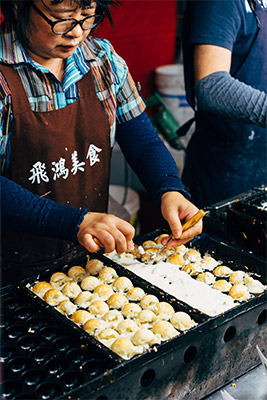
Taiwanese cooking is remarkable and rewarding. Long swept under the umbrella of ‘Chinese food’ in North America, Taiwanese cooking has its own identity. Influences from 50 years of Japanese occupation and the influx of mainland Chinese in 1949 are present. The traditions of earlier migrations are also part of the mix; the Hakka brought pickled vegetables, the Hui people from western China came with flatbreads and hand-pulled noodles, and people from Fujian province arrived with sweet braising liquids as is the impact of the island’s indigenous inhabitants who used roots like taro and sweet potato.
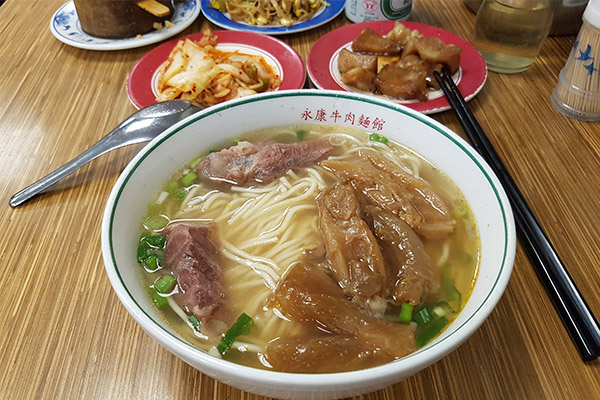
Beef noodle soup
© Laurielle Penny
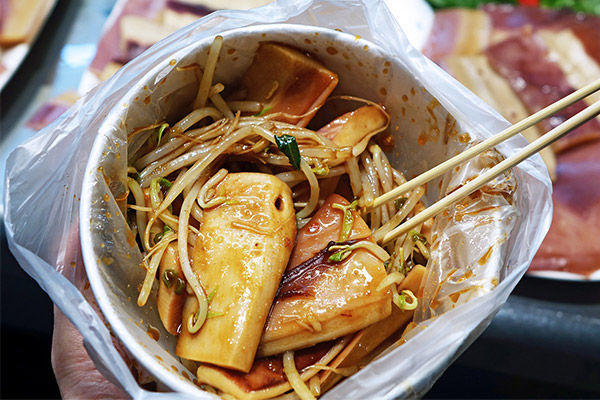
Squid noodles
“Q” is not just savoury. There’s dessert “Q” too! Shaved ice is one of the many Taiwanese creations that have become globe food phenoms, together with bubble tea, popcorn chicken seasoned with five spice powder, and ‘gua bao’ – those steamed buns filled with braised pork belly. In Taiwan, shaved ice with “Q” means a mountain of freshly shaved ice with a colourful topping of black tapioca pearls, pink slices of taro, yellow cubes of sweet potato flour, and white glutinous rice balls. It’s all about that remarkable “Q” texture.
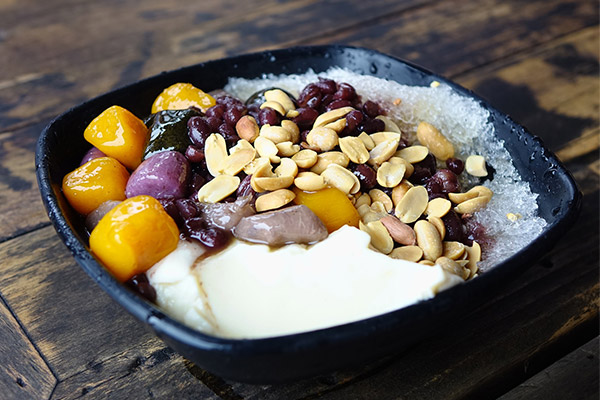

Interested in tasting Taiwan and getting into the “Q” of it all? Join Chef Angus An for an extraordinary food experience in Taiwan, November, 2021.
P.S. I visited Taiwan in 2018 and spent a lot of time eating in restaurants and food stalls. Every chef and food handler I saw wore a mask and gloves when preparing and serving food. This attention to hygiene is likely part of the reason Taiwan has been so successful in battling Covid-19. - Laurielle


